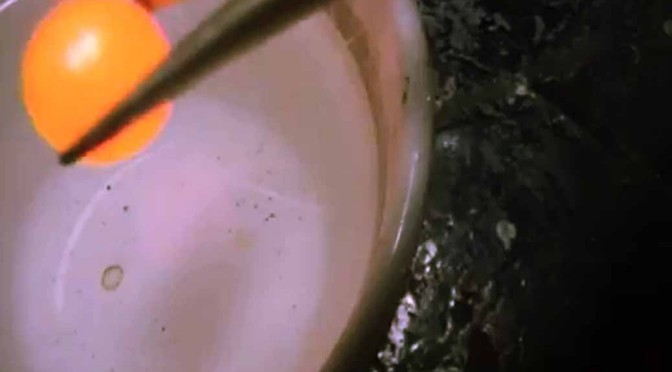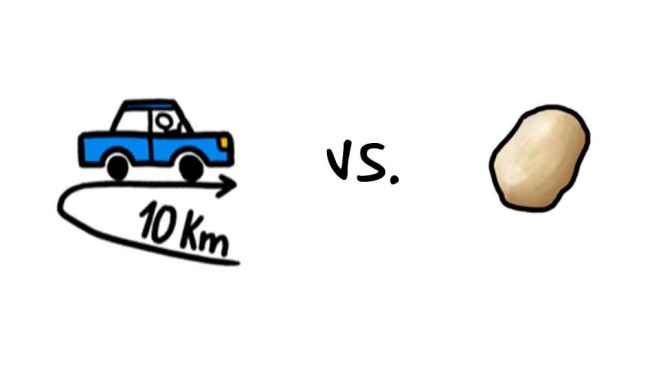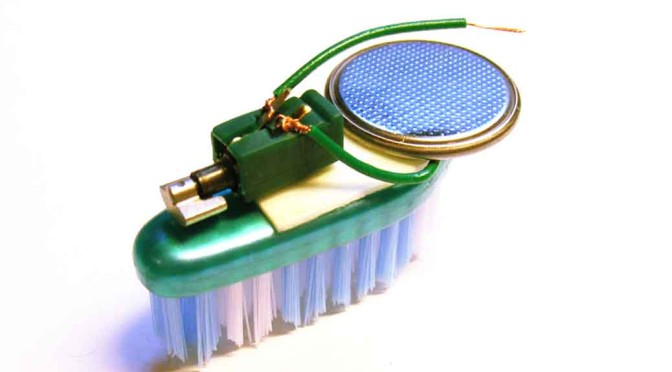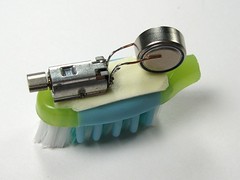By Anupum Pant
Background
At an early age, the horrible, rare and poorly understood disease that we’ll discuss today – FOP – starts producing tumours in the body. Doctors usually assume it to be the fairly common cancerous tissue but when it turns out to be FOP, everybody panics. Yes, this one is more ruthless than cancer. How?
Well, FOP (Fibrodysplasia ossificans progressiva) turns humans into statues. It is also known as the stone man syndrome. It is an extremely rare genetic disorder in which the muscles and other connective tissues in the human body start turning into bone. Some times it happens automatically, other times it happens when the tissues are damaged. Gradually, the patients who are affected by FOP are imprisoned in their own skeletal prison.
FOP is one of the most bizarre diseases. And has no solid cure.
Why does it happen?
It happens because of a gene that fails to turn off. This gene is responsible to form bones in a baby’s body when it is still in the womb. Once the job is done, the job of the gene is to turn off itself. But when this deactivation of the gene doesn’t happen, the gene keeps making bones even after the child is born and ultimately turns a human into a statue made of bone.
Ashley Kurpiel: When Ashley was just 3 years old. Tumours started appearing in her arm. Doctors thought they were cancerous tissues and started taking steps to deal with it. Only when they removed her arm, the doctors realized it wasn’t cancer, it was a horror. They found, she had FOP. She was slowly turning into a statue made of bone.
Harry Eastlack: When he was 5, he broke a leg and then there were other complications while the fracture was being treated. The fracture didn’t set correctly. This made his hip and knee stiff and bone growths started on the muscles of his thigh. The transformation of muscle/tendons to bone started happening in other parts of the body too. By the time he turned 20, his backbone had turned into a single stiff piece of bone. When he was 39 years old and was almost turning 40, his body had turned completely into bone. His jaws were locked and the only part he could move in his body was his lips. Harry died from pneumonia before he could turn 40.
Did you like this article?
Every day I send out a newsletter with an un-cut new article and exclusive content for readers. It’s basically my way of keeping in touch with you and letting you know what’s going on. Your information is protected and I never spam.
Subscribe from the sidebar to stay connected. Feel free to reply to these newsletters too…












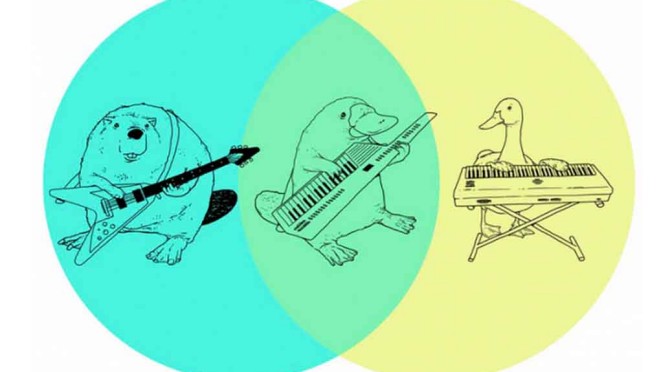
 Note: Unlike what is popularly taught in schools, Platypus is not the “only mammal that lays eggs”. Echidna – Knuckles from Sonic the Hedgehog – is the second kind of mammal that lay eggs.
Note: Unlike what is popularly taught in schools, Platypus is not the “only mammal that lays eggs”. Echidna – Knuckles from Sonic the Hedgehog – is the second kind of mammal that lay eggs. Venom: They have a sharp and hollow thumbnail (spur) in their hind legs that is venomous. The venom is strong enough to kill a dog (doesn’t kill humans, but is extremely painful). This is used only in self defense. And only males are venomous. I never knew they had venom, but since they are from Australia, I had expected that.
Venom: They have a sharp and hollow thumbnail (spur) in their hind legs that is venomous. The venom is strong enough to kill a dog (doesn’t kill humans, but is extremely painful). This is used only in self defense. And only males are venomous. I never knew they had venom, but since they are from Australia, I had expected that.